Stone towns of Hvar (5) – Galešnik and Tor
On that hot summer afternoon, I decided to visit two more exceptional sights near Jelsa on the island of Hvar. It is about the Illyrian-Greek Tor tower and the late antique fortress Galešnik.
It was not an easy undertaking, and I struggled the most with the imprecise online Google Maps, which initially led me on the wrong road, and caused me to scratch my car with sharp branches.
After that, I started from the right position, near the Church of Our Lady of Health, although even at that place, at the fork in the road, no signs were showing how to get to these historical gems.
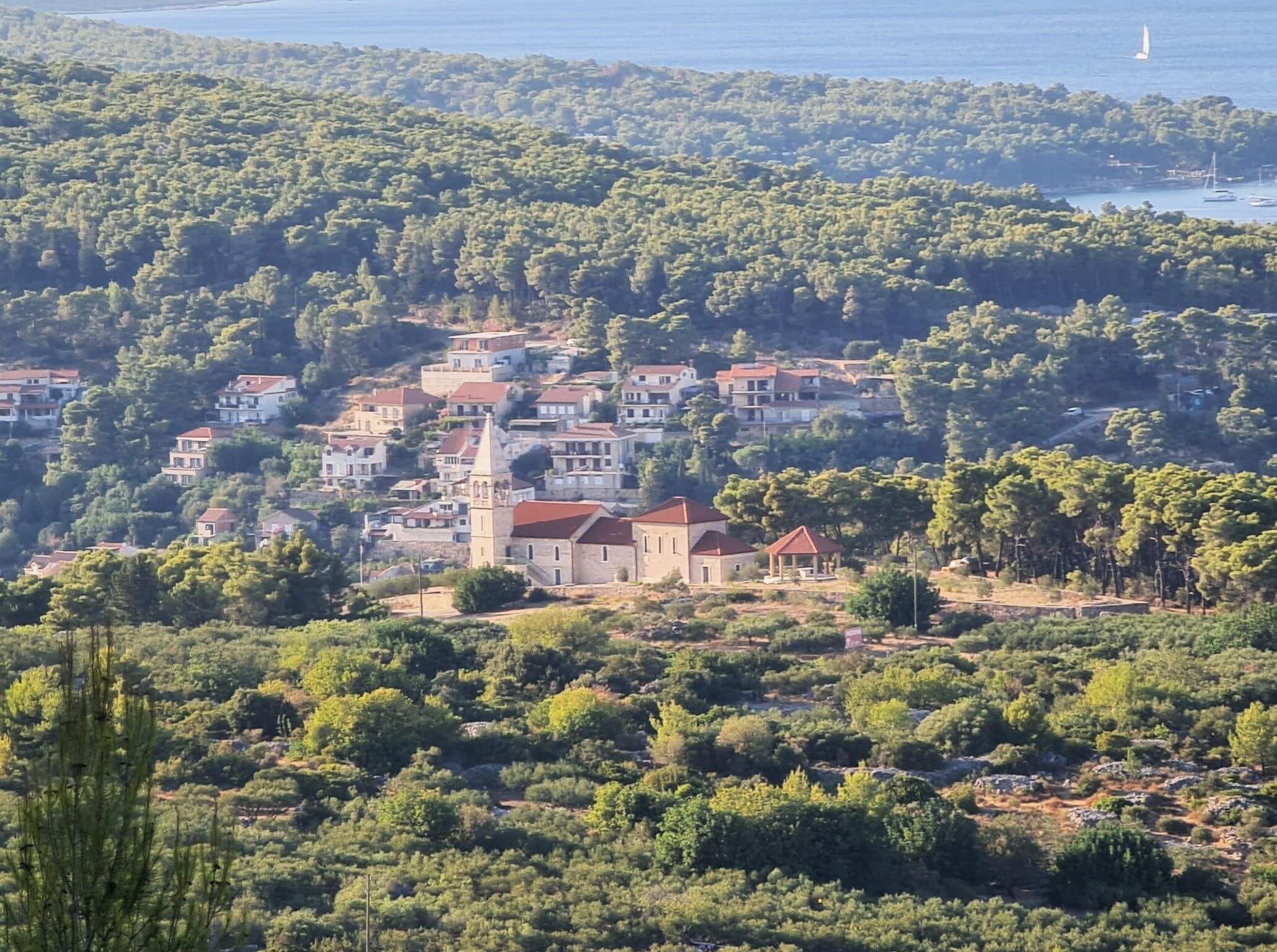
Church of Our Lady of Health, Jelsa, Photo: Adria fun
When I finally parked the vehicle in the middle of the olive groves, I continued walking through the fields and vineyards and soon came across the first sign that I was on the right path.
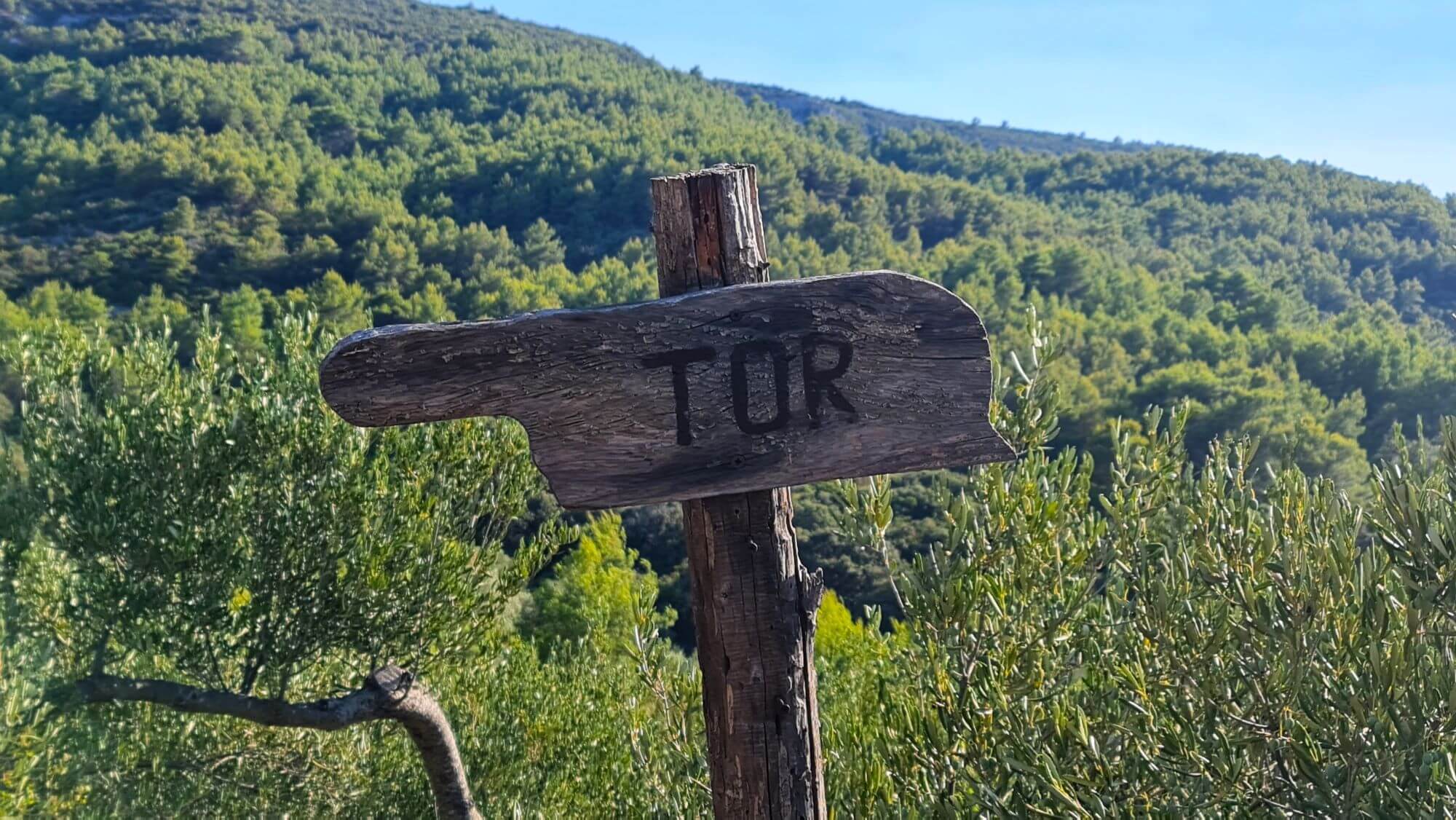
Guide to Tor fortress, Photo: Adria fun
Above me, high on two adjacent mountain slopes and approximately 500 meters apart, the Galešnik fortress and the Tor tower could be seen. Barely visible to the naked eye, I estimated it was a good hour’s walk up a steep climb to get to them.
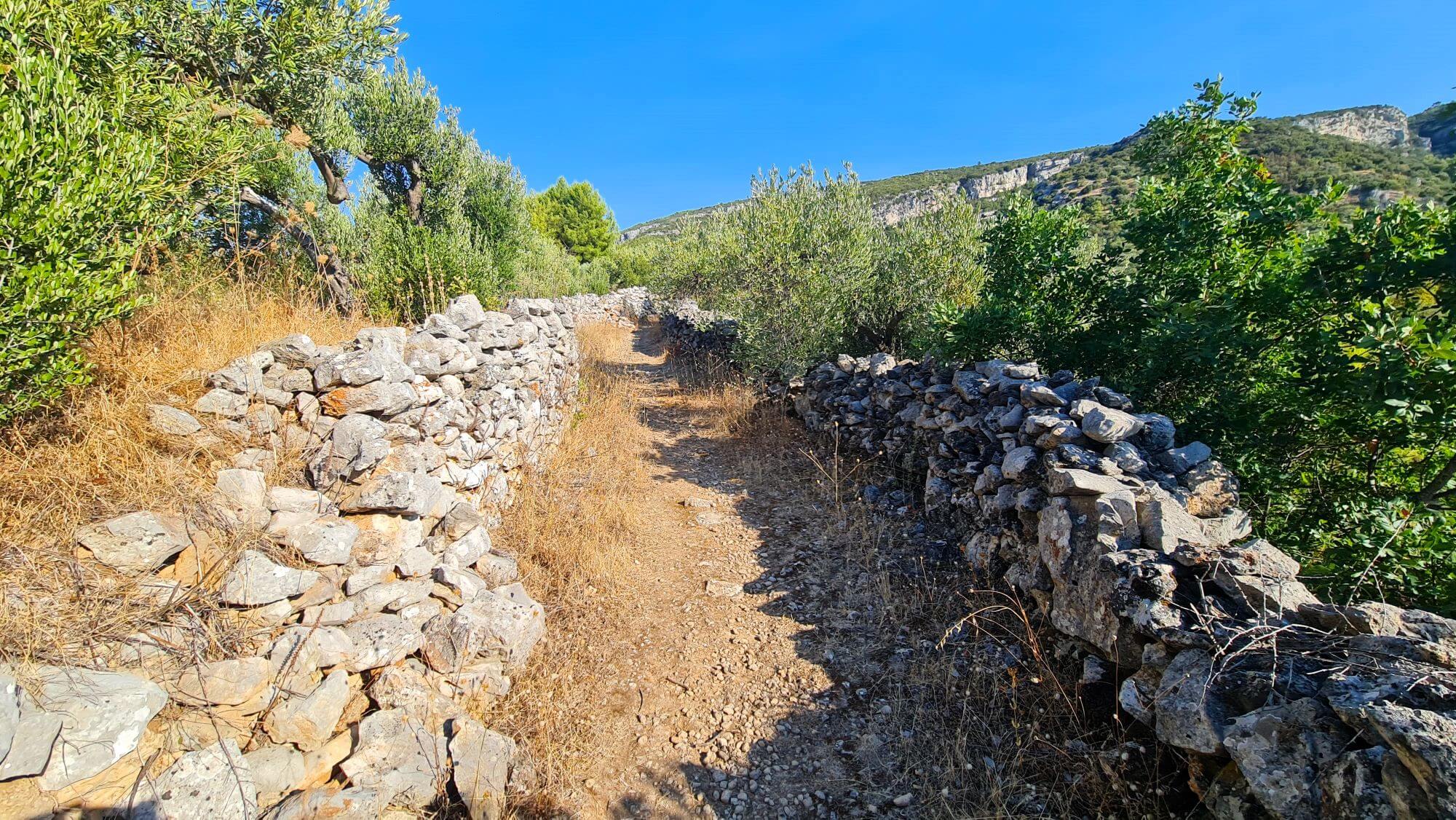
Road to Galešnik and Tor, Photo: Adria fun
Deflated because of the difficult terrain, I almost overlooked another sign, so I wasn’t sure if it was the road to Galešnik or Tor, but when I walked on the old paved Roman road, I knew I was on the right track.
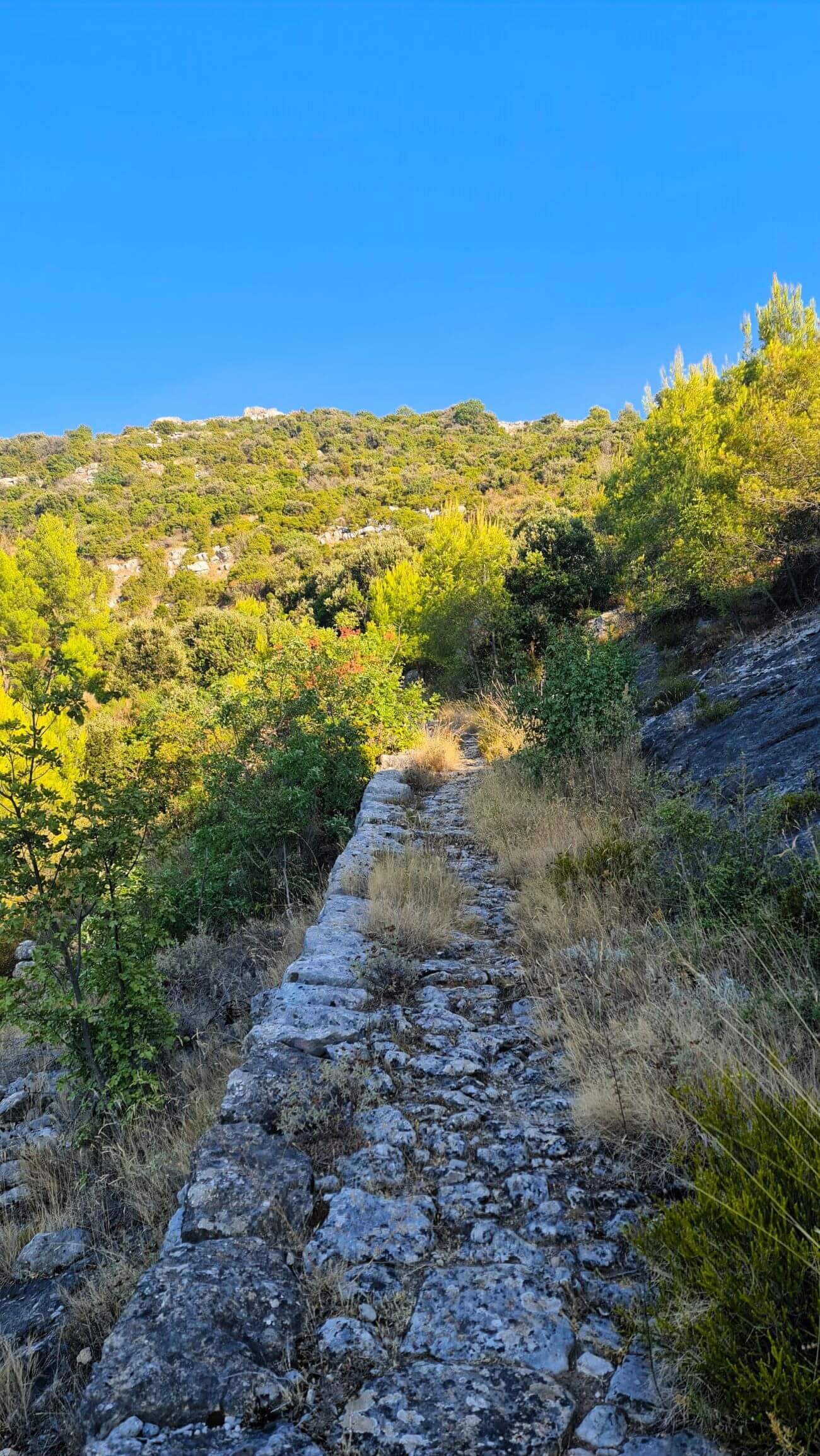
Road to Galešnik and Tor, Photo: Adria fun
The Galešnik or Galičnik fortress, as its proper name is, was mentioned for the first time in the Hvar municipal statute in 1331, calling it “Castrum Vetus, quod vocatur Galicnich”. Later research revealed that it was a late antique defensive building. It is located at an altitude of 210 meters.
It is about 20 meters wide. It is surrounded by walls 80 meters long about 4 meters high and about half a meter thick. The ramparts have been preserved along their entire length, but many maquis bushes also limit movement and exploration.

Galešnik fortress, Photo: Adria fun
It is assumed that Galešnik could have served as a refuge for the late antique settlement on the neighboring Gradina, i.e. near the Tor tower. The belief has been preserved that it belonged to the noble Slavogostić family and the famous Galeša Slavogost, one of the leaders of the rebellion against the Venetian government in 1310, after whom it was named. According to this oral tradition, it provided refuge to his family from the then-Venetian authorities, but eventually, the Venetians conquered the city and destroyed it.
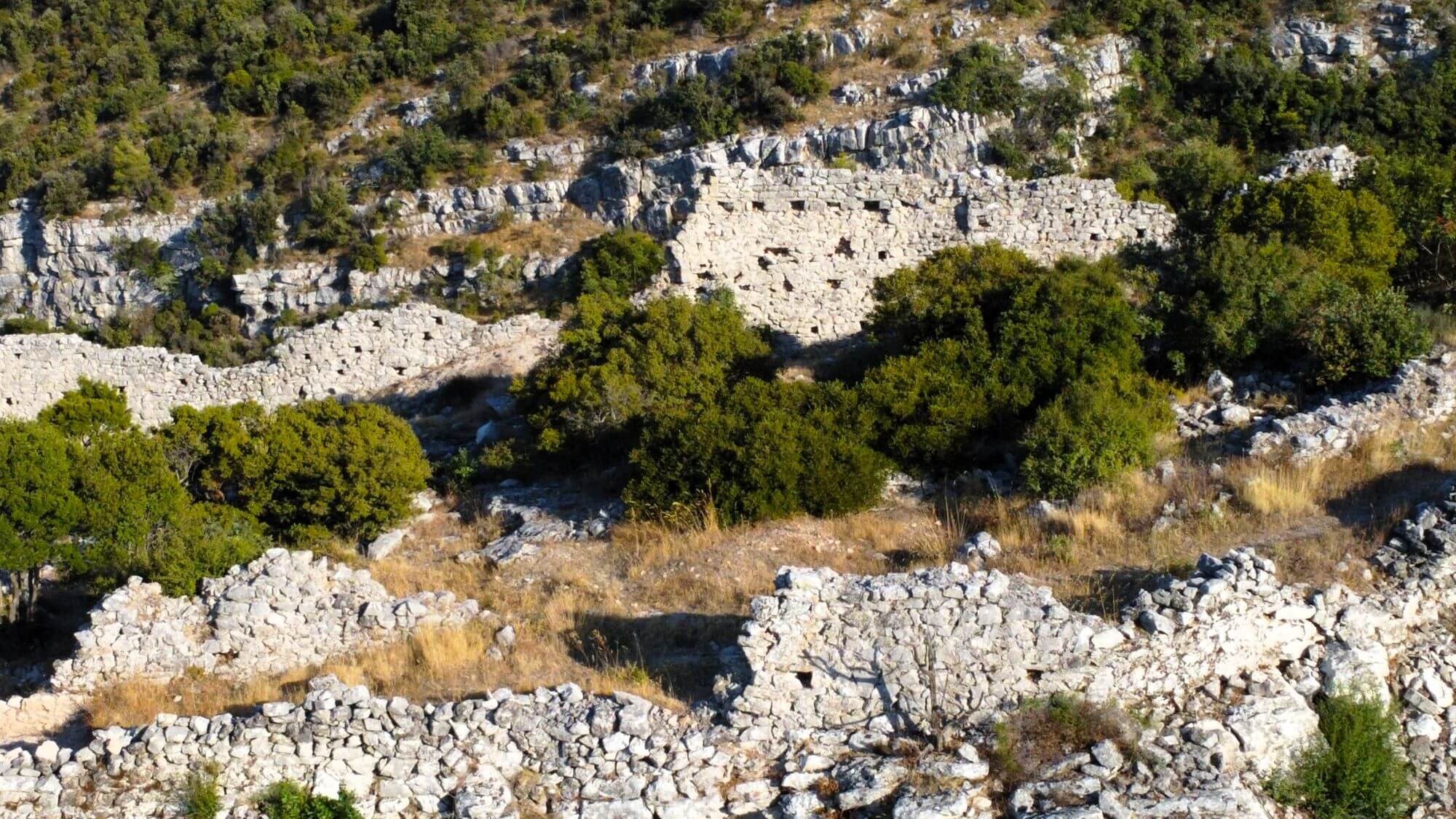
Galešnik fortress, Photo: Adria fun
The view from Galešnik towards Jelsa is wonderful and worth the effort of coming.
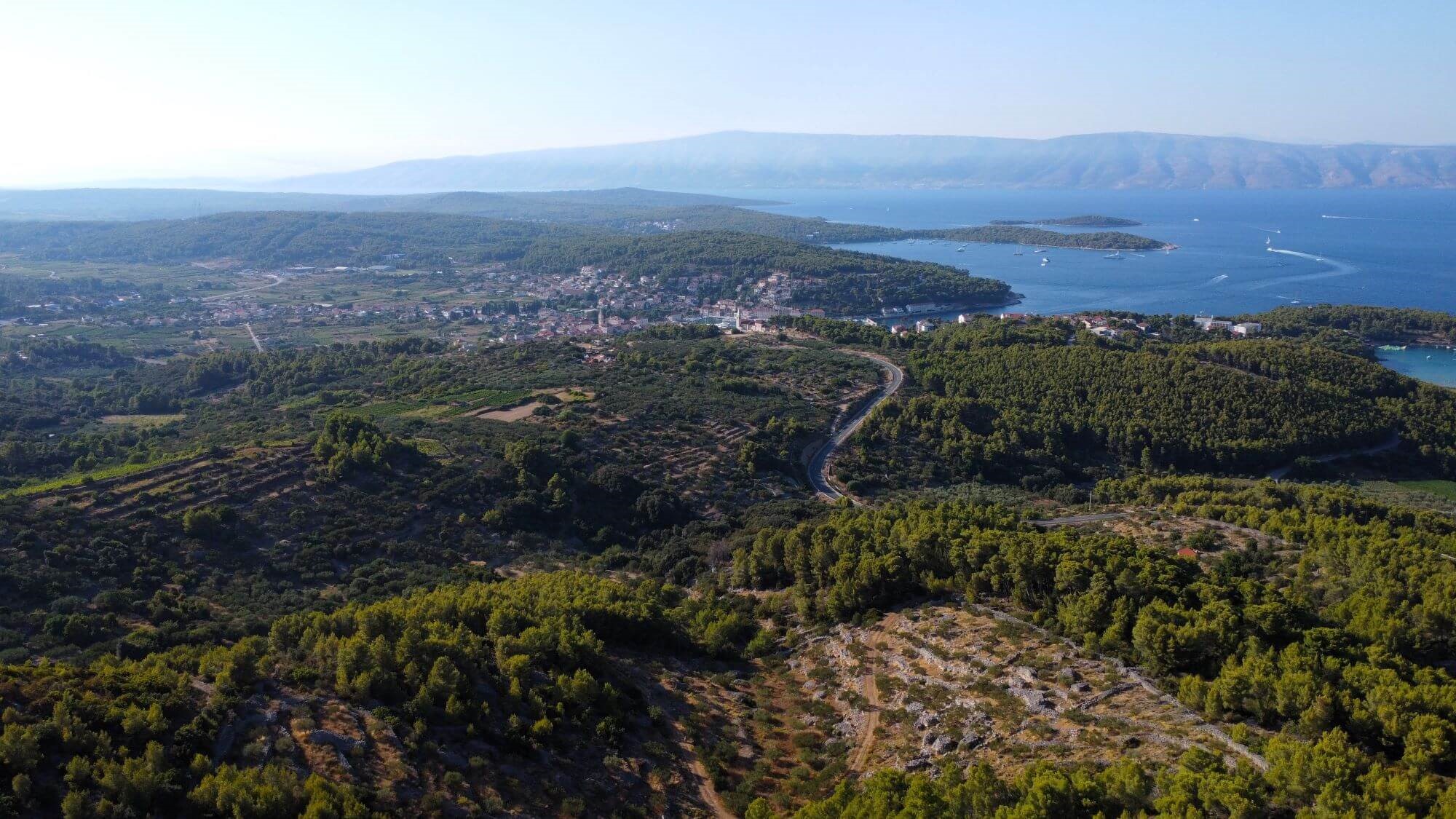
View of Jelsa from the Galešnik fortress, Photo: Adria fun
There is a folk tale about two local lords who were constantly at war with each other. One was the master of Galešnik, and the other Gradina (Tor). There is also an interesting note about the "hidden treasure" hunters who searched for it in vain in these areas.
Then I continue to the Tor tower, and the path is not at all easy, I could call it a goat path, on which goats have not passed for a long time. Tor, on the other hand, is located 235 meters above sea level, like a guardhouse built of massive blocks in dry stone construction. The tower is approximately 6 meters high, and it also has a wonderful view of Jelsa, the island of Brač, and the mainland.
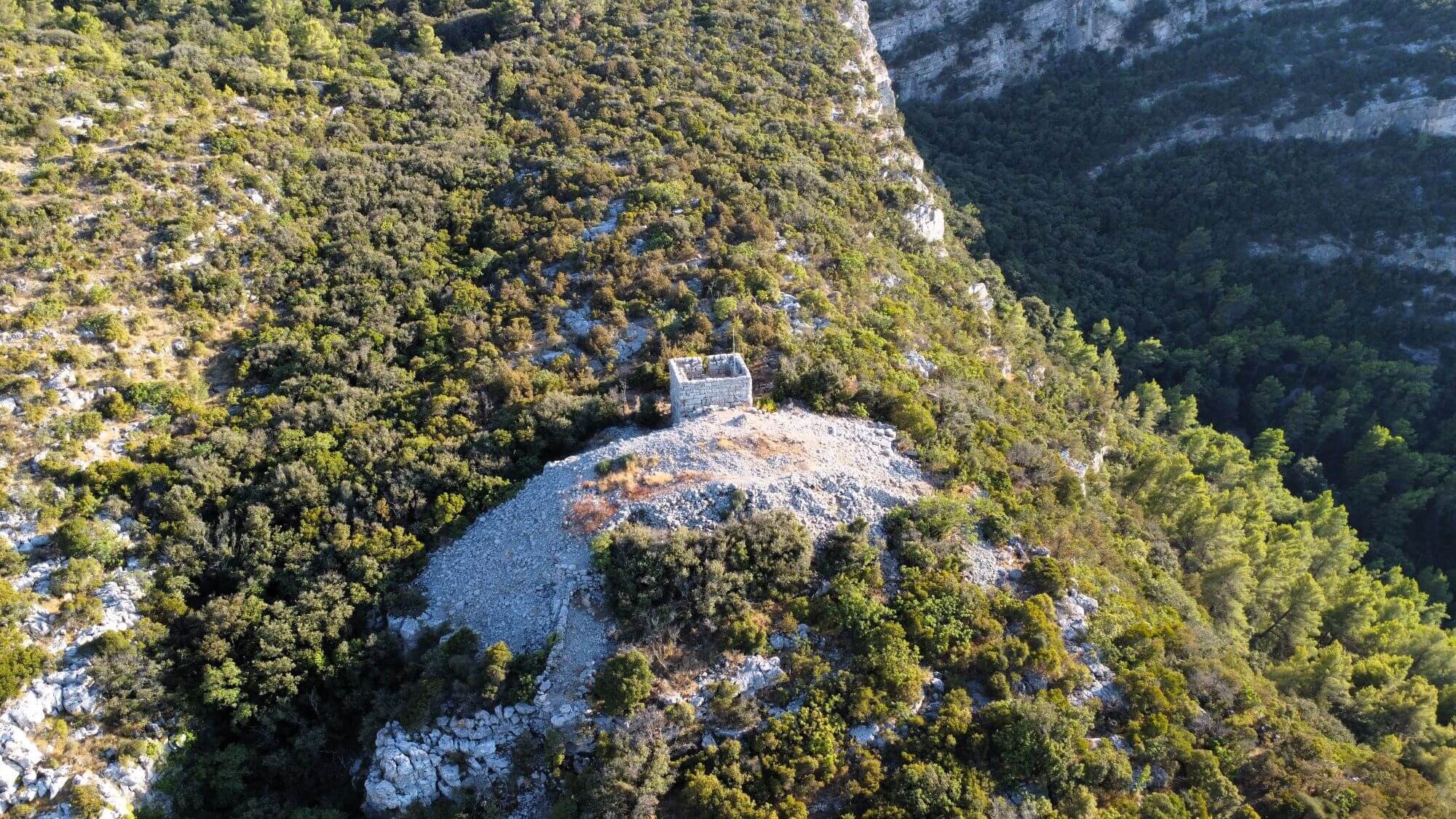
Tor tower, Photo: Adria fun
The tower is believed to have been built in the 4th or 3rd century BC, during the Iron Age. It is of Hellenistic style, but it is not certain whether it was built by the Greeks who founded their colony in Pharos, or the Illyrians who were their predecessors in the area.
Archeological research in the immediate vicinity of the tower found the remains of a hearth, bone fragments, coarse and fine ceramics of Hellenistic date, flint knives and metal finds, among which the most important are coins from the Greek colonies of Pharos and Issa.
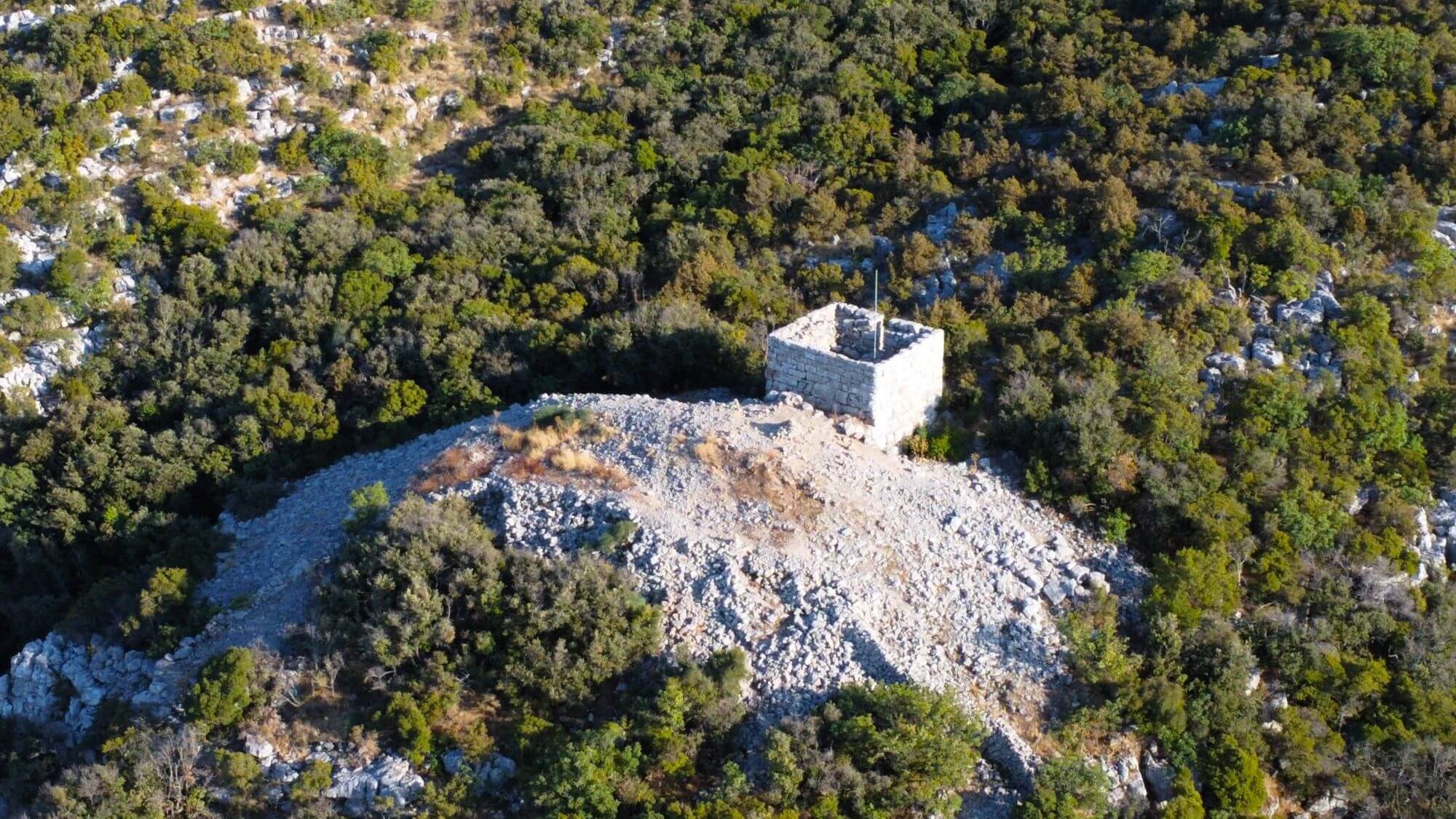
Tor tower, Photo: Adria fun
Tor and Galešnik are registered as a protected Croatian national treasure, categorized as an archaeological site, and are worth your effort to reach them.
As part of the Stone Towns of Hvar series, we have so far visited Fortica, Peter Hektorović’s Tvrdalj, the Church – Fortress of St. Mary of Mercy, and the Venetian fort in Sućuraj!
This publication was co-financed by the Fund for the Promotion of Pluralism and Diversity of Electronic Media.

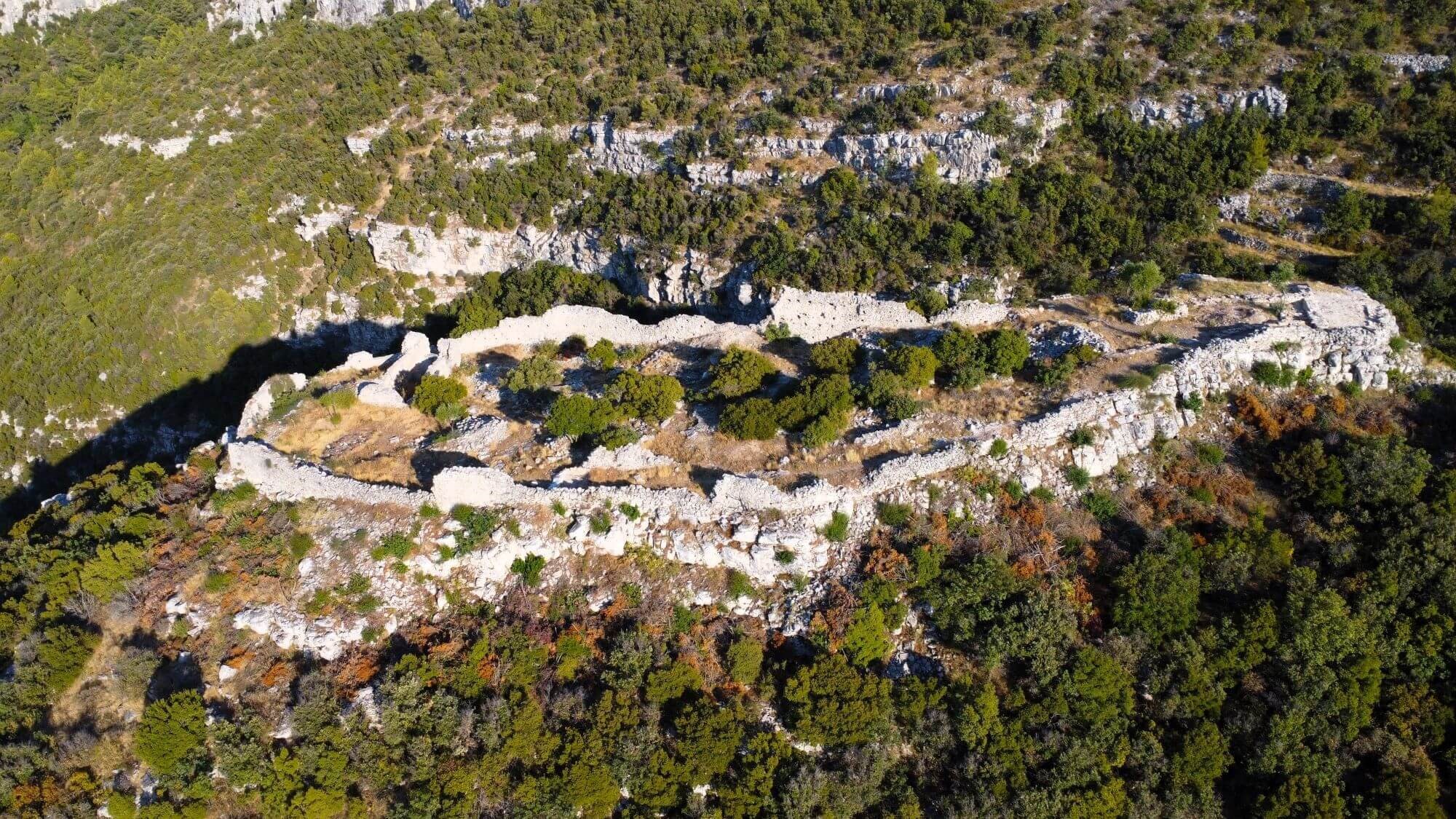


Leave a Reply